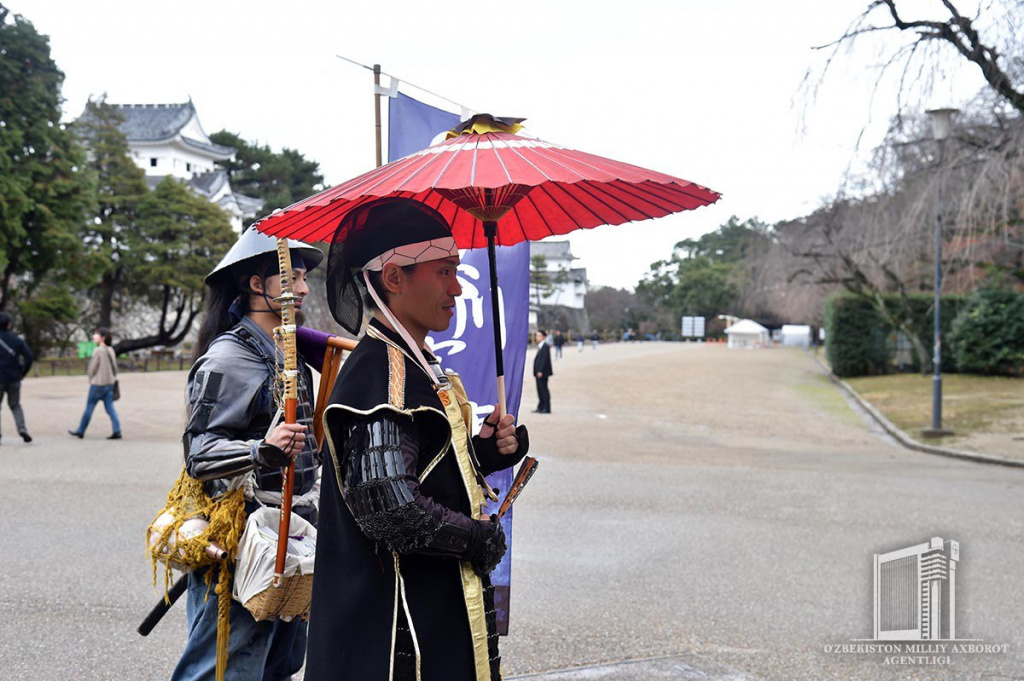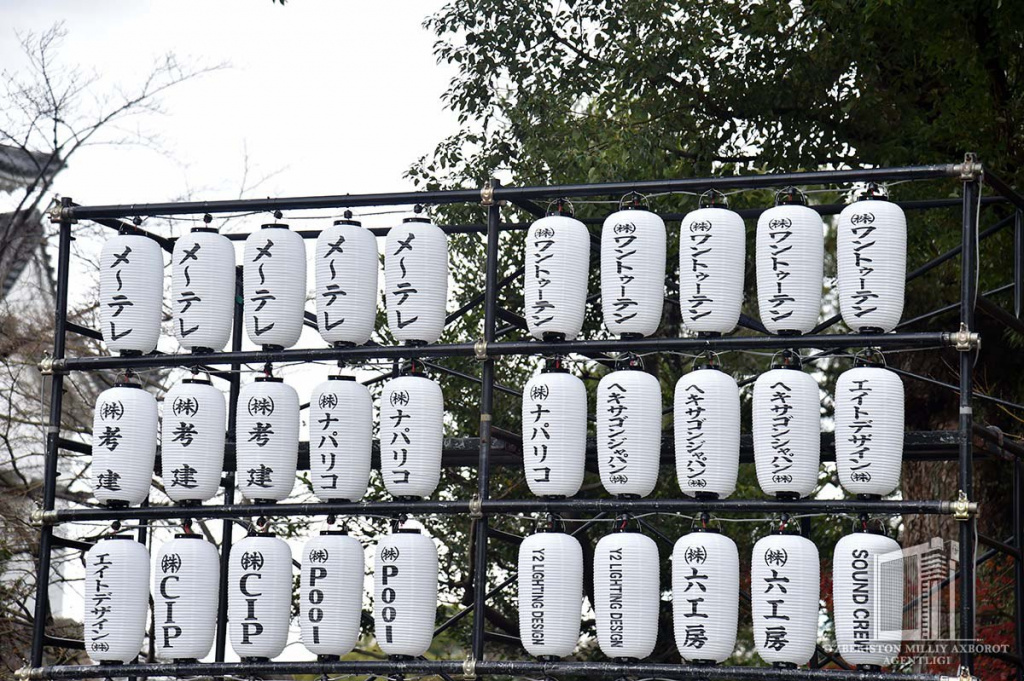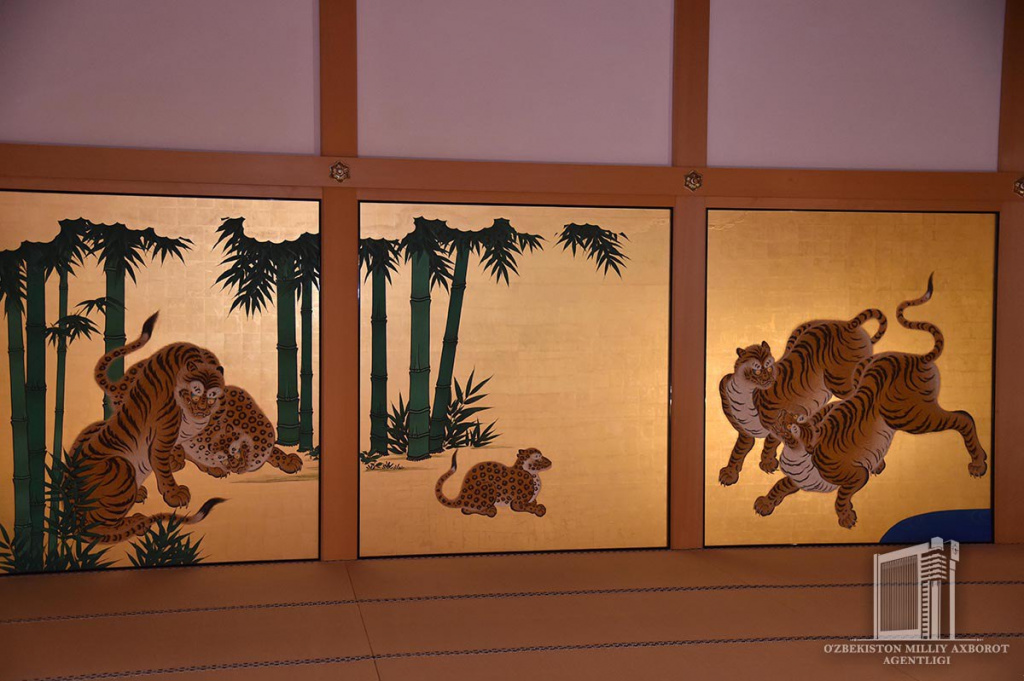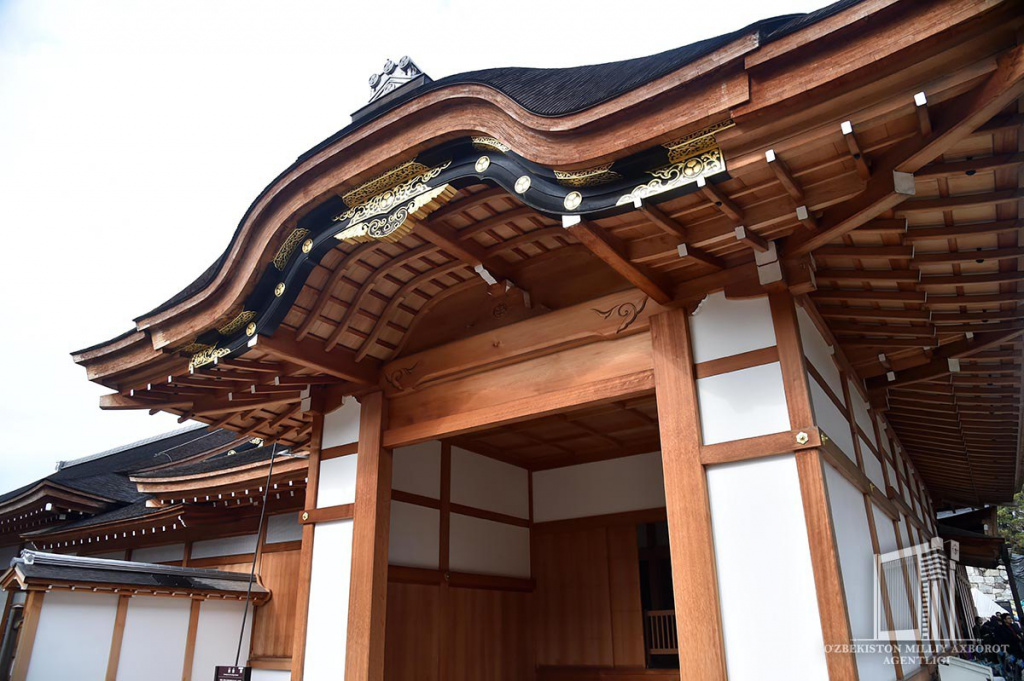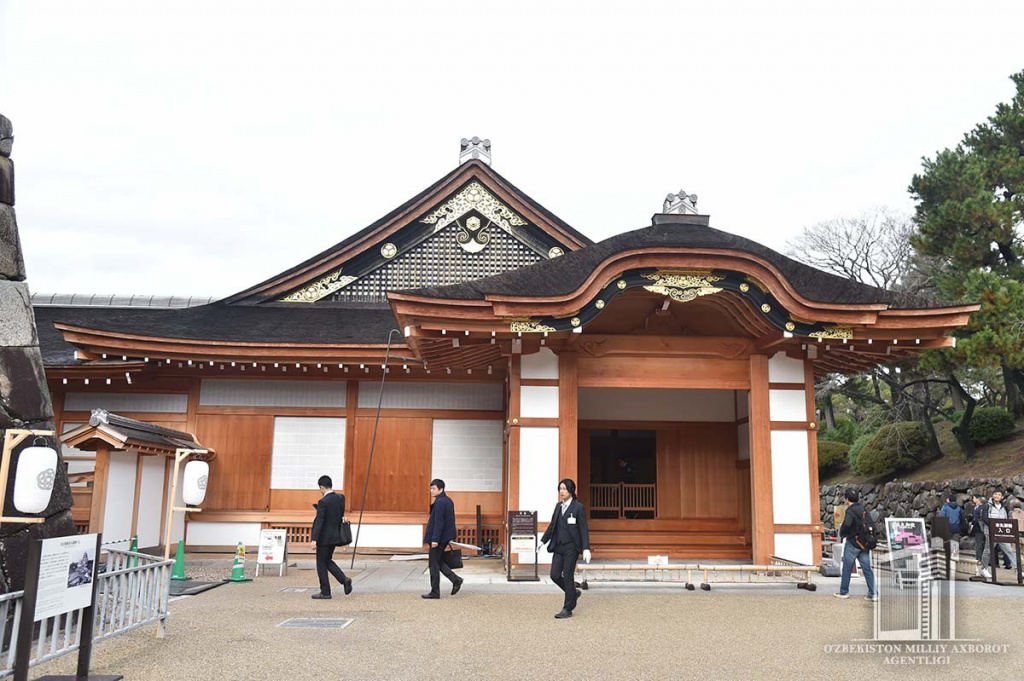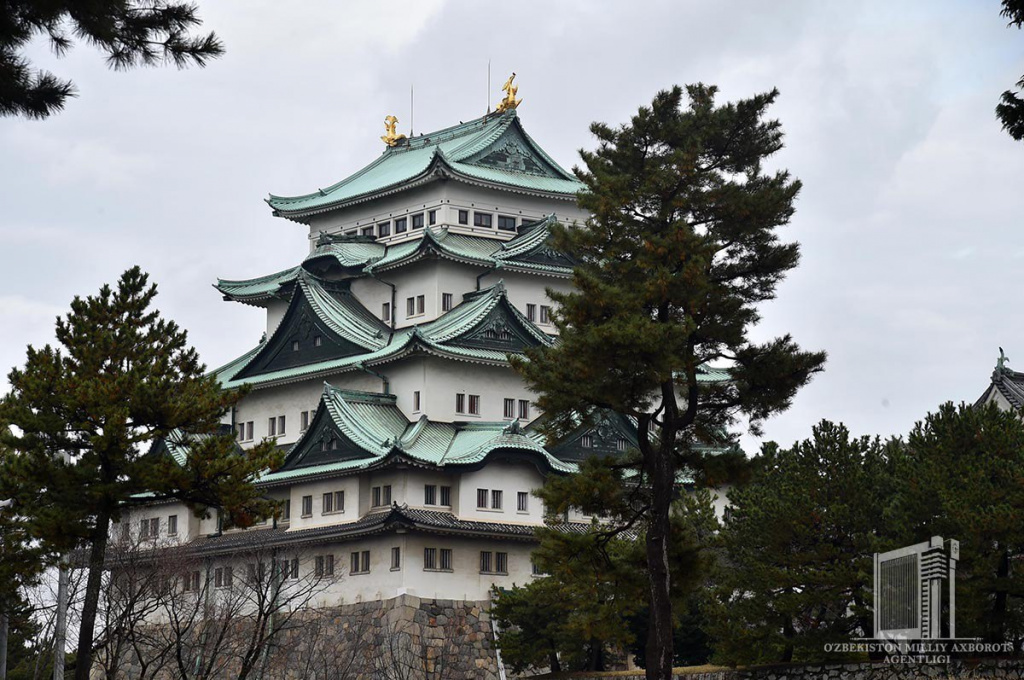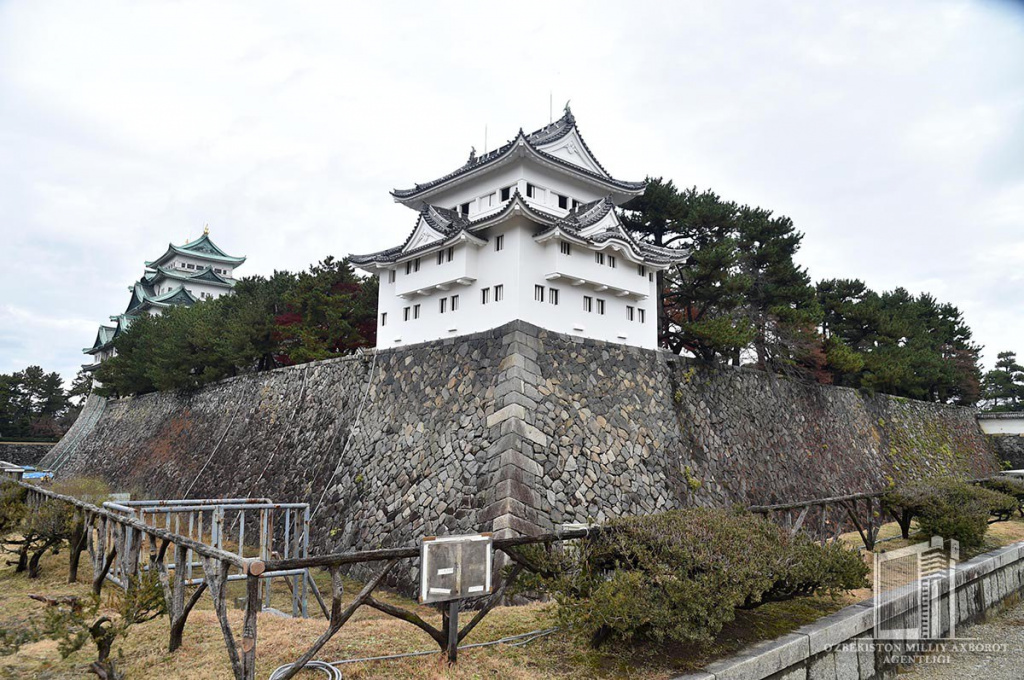Tour to Nagoya Castle
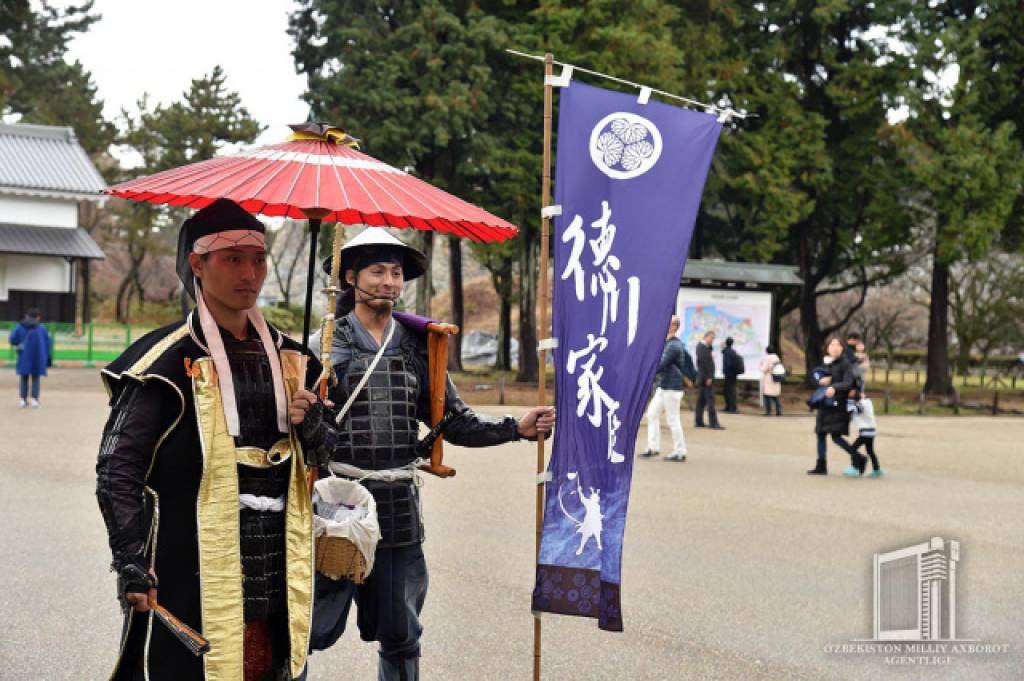
Nagoya Castle is one of Japan's most prominent castles, and is designated a National Historic Site, considered the equivalent of being a National Treasure.
Tokugawa Ieyasu emerged victorious from the decisive Battle of Sekigahara, which had split Japan into East and West factions, and upon his investment as Shogun, established his government in Edo. In 1610, he called upon former enemy daimyo to commence construction of his new castle to be built at Nagoya.
The great tower keep was topped with golden shachihoko tiger-fish ornaments and boasted the greatest floorspace of any keep ever. The Hommaru Palace, the finest of all palaces and the vast Ni-no-maru Garden further emphasized the power and might of the Tokugawa clan. Its beauty was surrounded by high, strong walls of stone, a reminder of its basic function as a superior military facility.
For the next 260 years of the Edo Period (1603-1867) it thrived as the castle of the Owari Tokugawa clan. The populace from the nearby castle town of Kiyosu had been ordered to move to the new castle site, and the current city of Nagoya was formed.
Nagoya Castle is one of Japan's most prominent castles, and is designated a National Historic Site, considered the equivalent of being a National Treasure.
